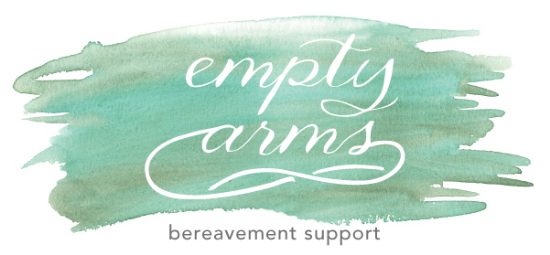By Ryan O’Neil
My name is Ryan, and my wife had a miscarriage in December 2014. Since that time, one of the many things we’ve struggled with is recognition of our loss.
Katie and I have found small ways to integrate our daughter C.C. into our lives—writing about her for example, and taking photos that make us think of her impact on us. But we struggle with how to share her with people beyond one another. We explore this at the monthly miscarriage support group sometimes: Where in this world can we make C.C. known?
Recently in a class I’m taking for my master’s degree in geographic information systems (GIS) in Public Health, I had to work on a final project: mapping a broad set of data. Unsure exactly what I was looking for, I browsed the Connecticut Department of Public Health website.
I found the birth, death, and marriage data—“vital statistics,” as they are often collectively referred. I dug in and found there were data for fetal deaths: data that covered 17 years and recorded at the town level, which would be ideal for this project. I thought about whether I wanted to spend a number of weeks soaking in this data, of all the statistics I could submerge myself in. Resolute, I decided to steer into the skid and maybe help shine a light on the subject, even if only for my professor and classmates.
The information about this data said “fetal death” was defined as pregnancy loss at any point up to 20 weeks. We had lost C.C. at about 9 weeks. I went to the 2014 table and scrolled down and found our town. There was a “1.” Our C.C.
It felt comforting, in a way, to see that “1,” that she counted. Even if most of our friends and family had forgotten our loss, the State of Connecticut would always have a “1” there to count her.
I worked on the project steadily over the course of about four weeks, going back again and again to analyze the data, and adding things I wanted to do with it. I finally wrote the introduction to the project. I re-checked some things, including the state’s definition for fetal death. But I had initially mis-read the definition; it was any pregnancy loss after 20 weeks.
At the time, I couldn’t sit with what that meant for long. I had a lot of work to do and not enough time. I sighed and was thankful that at least the only thing I had to change was a single sentence in my introduction, since I had only used the term fetal death (as opposed to “miscarriage”) throughout the paper.
Since that time, however, I have had time to think about this experience, and my residual sadness about it. I had lost the comfort of our loss being counted.
Yes, that “1” belonged to another family in our town—a family that I felt sorrow for. And I wondered who they were and if I’d ever come across them at any point. But, as little consolation as it is, I felt envious that their loss had counted, statistically speaking. The State of Connecticut was just one more entity that didn’t want to know about our loss.
We’re still looking for where else C.C. gets to live, outside our hearts.
